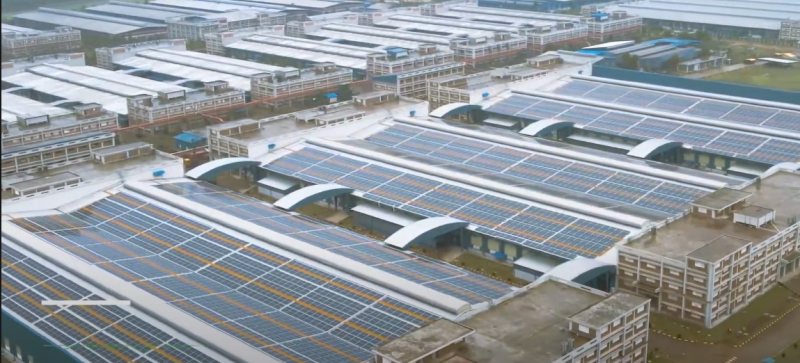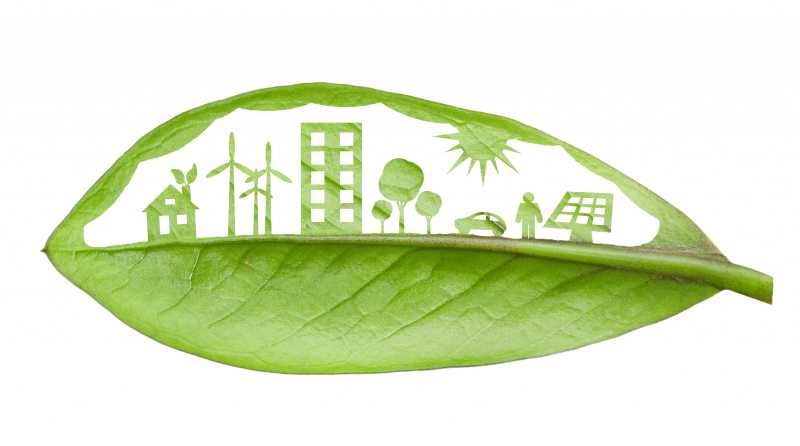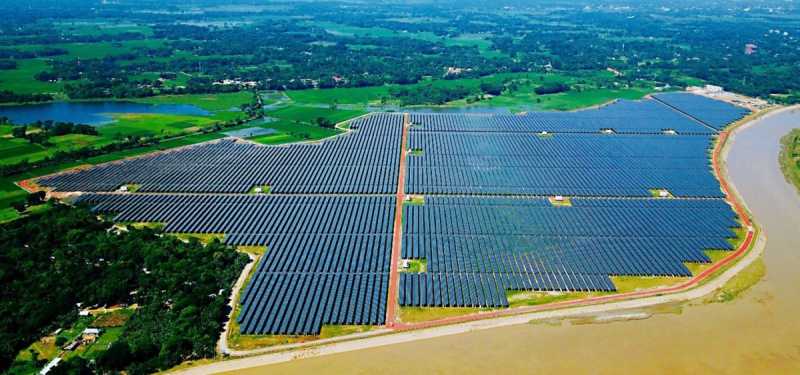Largest Rooftop Solar Project in Bangladesh
Published at - December 24, 2021
5 min read
Solaric, a leading solar company in Bangladesh, is on its way to installing the largest rooftop solar plant completely. It is being installed in a privately owned Korean Export Processing Zone (EPZ) in Anwara Upazila of Chattogram. Youngone Corporation, the Korean multinational conglomerate, inaugurated the solar power plant on June 20, 2021, to meet its electricity demand through renewable sources. Solaric with all its might is working to make this project successful using all the necessary resources and manpower. In this blog, we will look into this project deeply and find out how this project is being organized.
Initial Planning and Energy Generation
The Korean Export Processing Zone (KEPZ) power plant, which is erected on the rooftops of the enterprises, generates 16 MW in the first phase. However, the total capacity of the plant is 40 MW.
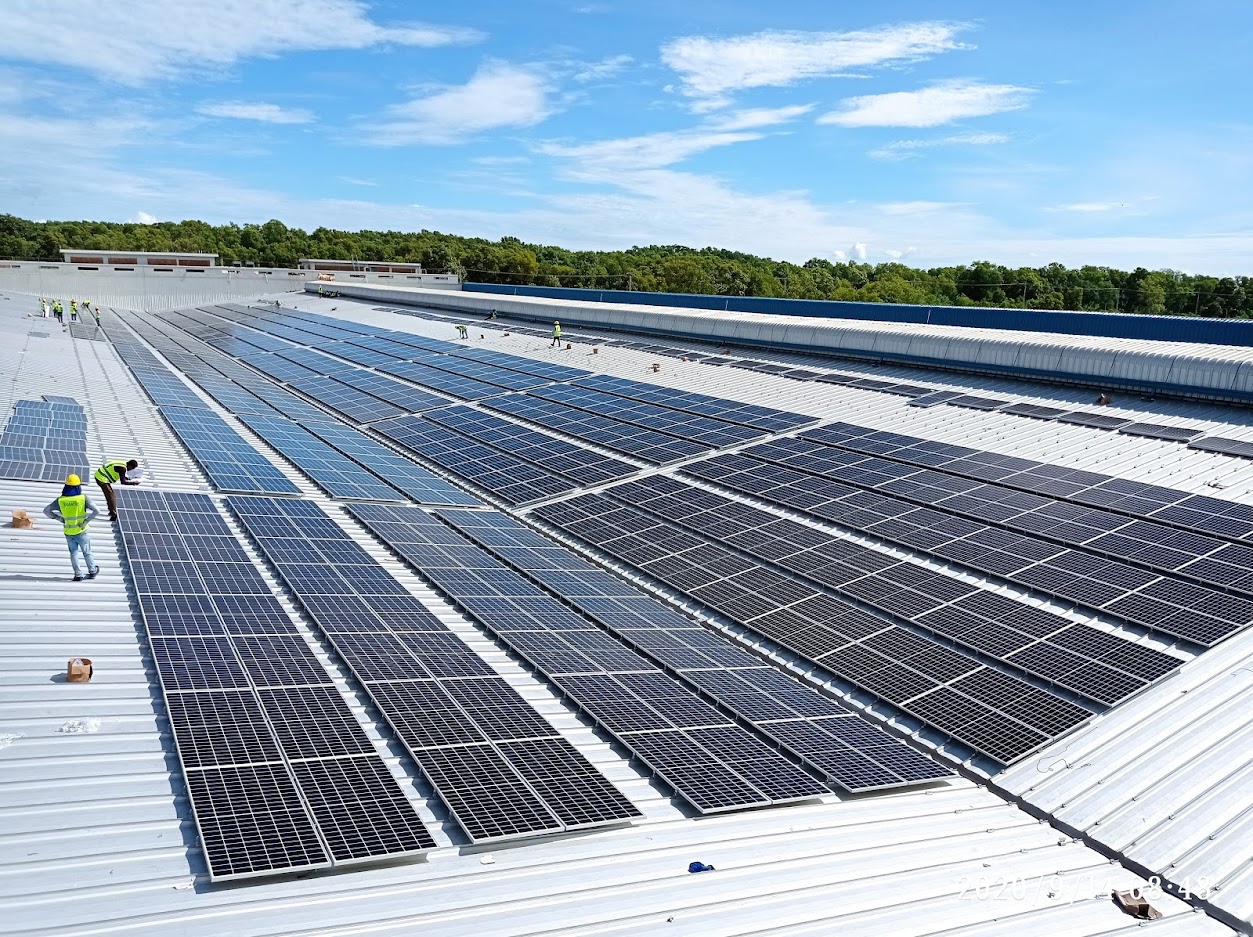 Separate solar plants shall be built in multiple phases over the following years to generate the remaining 24MWs of power. In the economic zone, there are now 34 factories in operation. The projects in KEPZ that Solaric is involved with are Sungnum Apparels, Karnaphuli Shoes Industries Ltd, Karnophuli Polyester Products Ltd (KPP-1) and Karnaphuli Polyester Products Ltd 2 &3. Among them, Karnaphuli Polyester Products Ltd (KPP-1) as well as some buildings of Karnaphuli Shoes Industries Ltd are still ongoing.
Separate solar plants shall be built in multiple phases over the following years to generate the remaining 24MWs of power. In the economic zone, there are now 34 factories in operation. The projects in KEPZ that Solaric is involved with are Sungnum Apparels, Karnaphuli Shoes Industries Ltd, Karnophuli Polyester Products Ltd (KPP-1) and Karnaphuli Polyester Products Ltd 2 &3. Among them, Karnaphuli Polyester Products Ltd (KPP-1) as well as some buildings of Karnaphuli Shoes Industries Ltd are still ongoing.
In the first phase, solar panels were installed on the roofs of 16 factories to generate electricity. Over the next few phases, the remaining units will be outfitted with plants. The capacity of 16MW electricity production has already been installed. By 2023, the plant has a target of reaching a capacity of 28 MW.
This 40MW rooftop solar project, according to Korean Ambassador, who was present at the inauguration of this project, Lee Jang-Keun, demonstrates the KEPZ's vision and ingenuity, setting an example not just for other firms in Bangladesh, but also for those in the region and around the world.
The solar panels used in all of these projects are of Q-cell made by South Korean Company Hanwa. The models were preferred by the Yungone company. All the projects are CapEx. All the inverters used for these projects are ‘SOFARSOLAR, 60KW
Most of the solar facilities of our country are imported from foreign nations. Specifically, “panels” and “inverters” are imported from abroad.
Benefits of This Project
Undeniably, this project is beneficial in various ways. It will contribute to the economy and as well as for the environment of the country. Also, the project can be a contribution to the nation’s electricity supply.
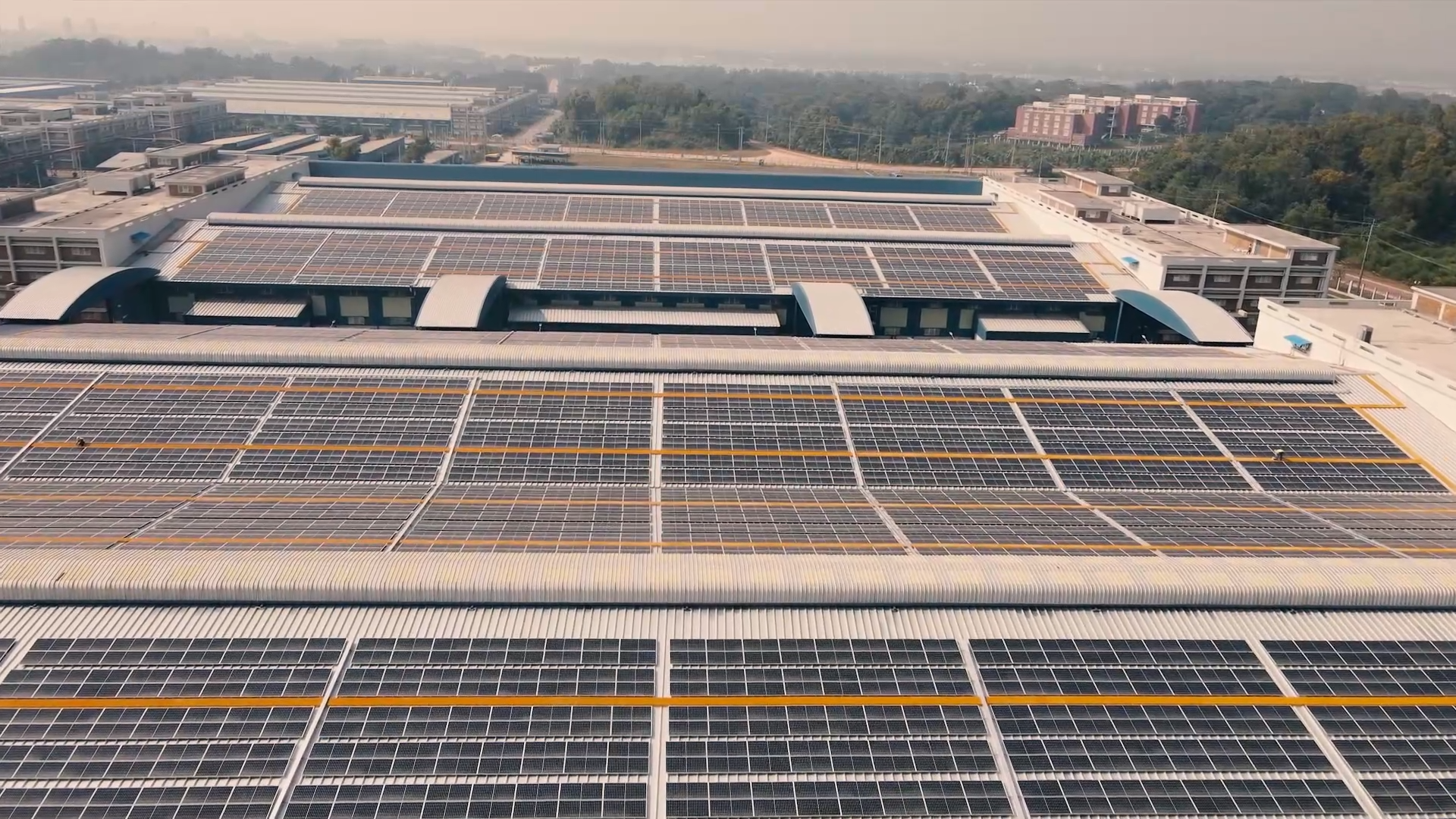
- Reducing Production Cost: The cost of electricity production is reduced as solar technology is used. Fossil fuel demands extra costs as the factory needs to buy fuel. In the case of a solar-based plant, once the panels are installed, there is no extra cost in need. Moreover, the maintenance cost of the panels is lower. Although the solar panels may wear out, they only need replacement in 25 years. Sungnam Apparels (bd) Ltd. saves an electric bill of BDT 61.4 Lacs a month. The project of Karnophuli Polyester Products Ltd, which has a capacity of 6,596 KWp, claims a monthly Electricity bill saving of BDT 83.7 Lacs.
- Cleaner Environment: As we continuously discuss in our blogs, if any source of energy can save our environment, that is renewable. The KEPZ solar plants will be a great saviour of electricity. Bangladesh's energy generation is primarily reliant on fossil fuels. The majority of Bangladesh's electricity comes from the national grid (almost 62.31 per cent). The Minister of Information and Broadcasting, Dr Hasan Mahmud, has claimed that by the end of 2021, all inhabitants of the country will have access to electricity. He hoped that by 2041, renewable energy will account for 40% of the country's total energy requirement. Solar plants of KEPZ will surely contribute to it.

- Self-sufficiency: Prior to this project, KEPZ has been using 14MW of electricity from the Bangladesh Power Development Board. This project, largely dependent on Solar based electricity, will reduce its dependency on the electricity supplied by the government. Self-sufficiency, with no doubt, will contribute to the growth of the corporation. Apart from that, pressure on the electricity production of the Bangladesh Power Development Board will reduce.
- Net Metering: In a method called ‘Net Metering, the corporation will provide its surplus energy to the national grid. The Government of the People’s Republic of Bangladesh purchases this surplus energy. Therefore, Bangladesh will be granted access to electricity and the corporation will be benefitted financially. Also, this net metering method will contribute to preventing the loss of surplus electricity.

Since 1980, Youngone has been the first foreign investor in Bangladesh's garment export sector and a pioneer in the local clothing industry in terms of female worker employment. In 1999, the KEPZ, which is located in Chattogram's Anwara and Karnafuli Upazilas, was handed over to Korean EPZ Corporation (BD), a Youngone subsidiary. The zone, which spans 2,492 acres of green and steep terrain, was established in 1995 as a result of a 1995 agreement between Bangladesh and South Korea. In 2009, the Department of Environment granted the KEPZ an Environment Clearance Certificate on the condition that Youngone utilizes 48% of the land for manufacturing and other related facilities, with the remaining 28% for gardens and lakes. The KEPZ employs 28,000 people in 34 factories that manufacture a variety of goods like footwear, clothes, and textiles. Solar plants installed in KEPZ by Solaric will be beneficial financially as well as environmentally, for the nation and the area.
